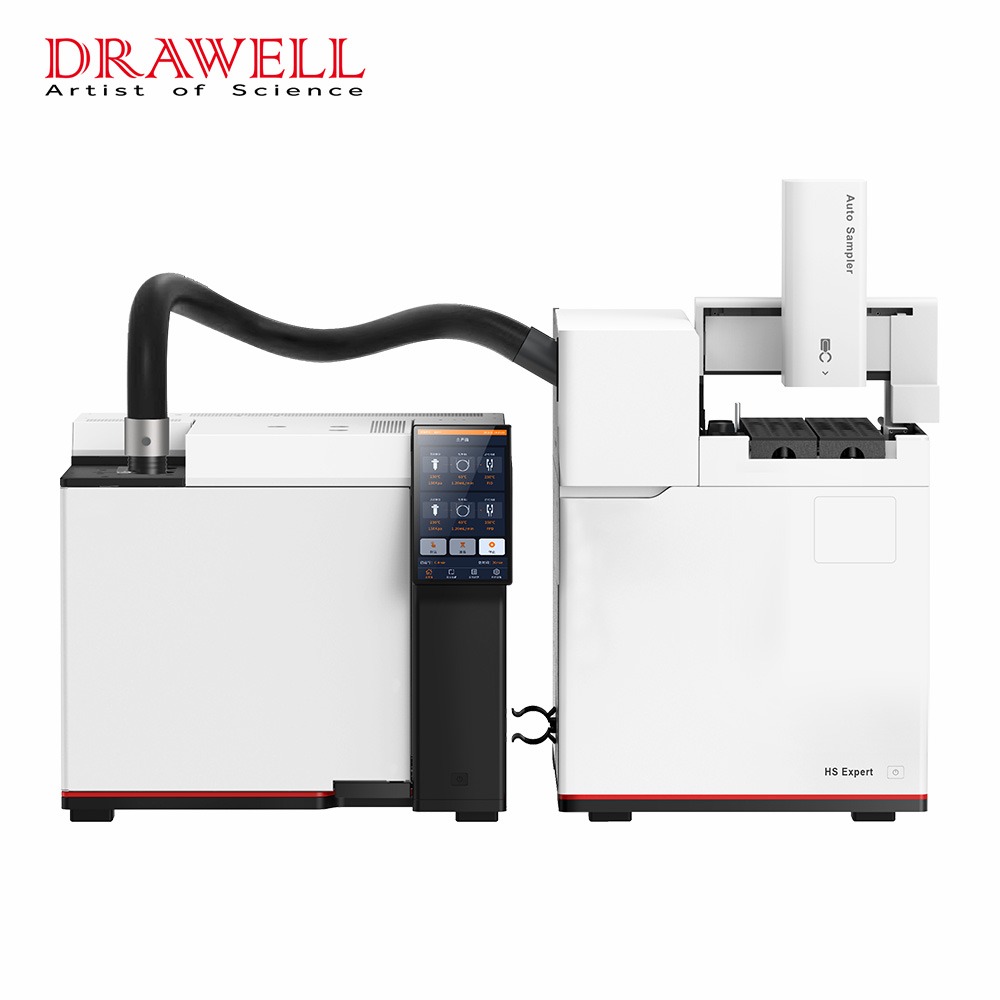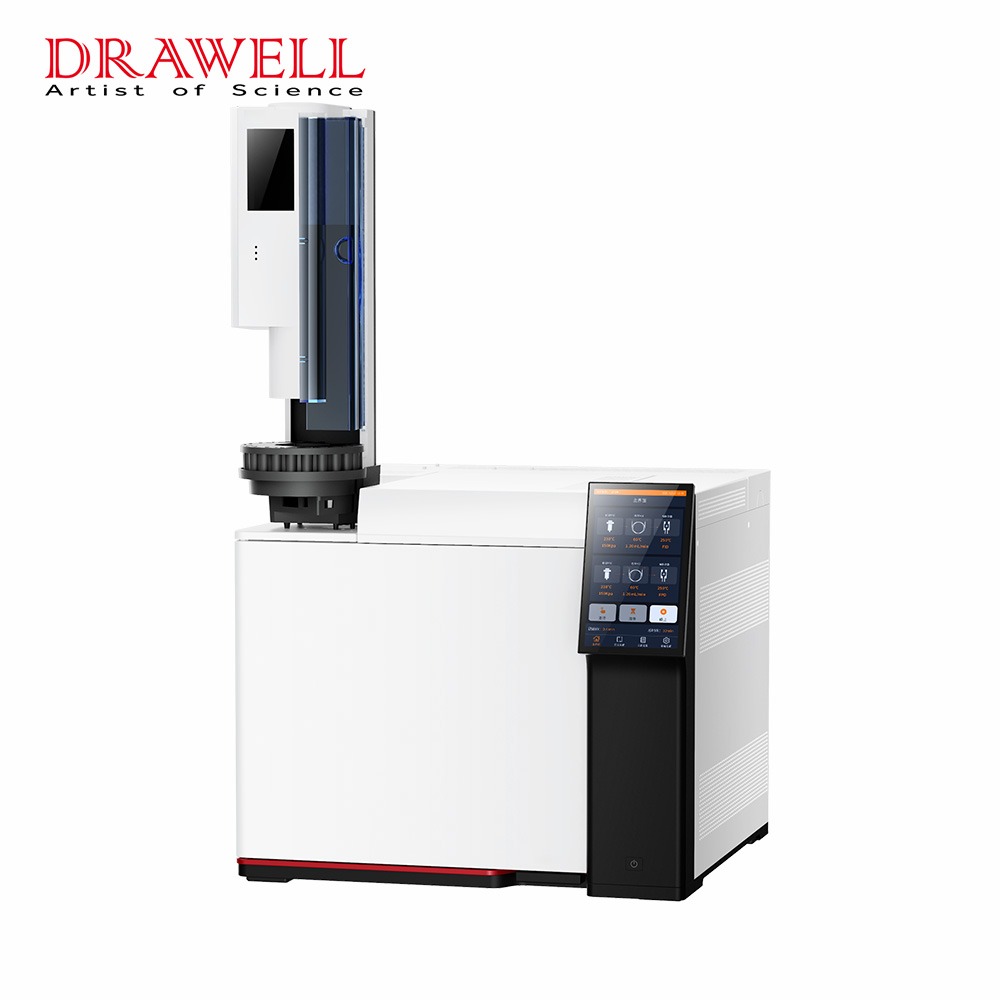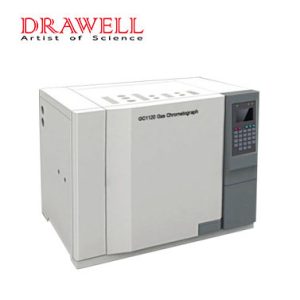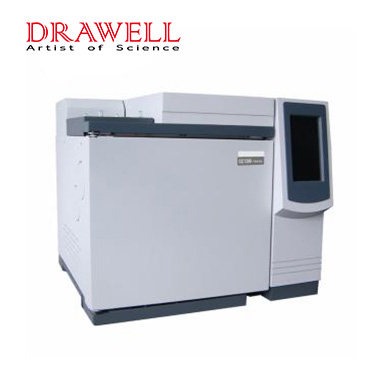Gas chromatography (GC) is a powerful analytical technique used in various fields, including pharmaceuticals, environmental analysis, food and beverage testing, forensics, and more. It enables the separation and analysis of volatile compounds present in complex mixtures, providing valuable insights into their composition and concentration. However, like any analytical method, GC can encounter challenges that may impact the reliability and accuracy of results. Whether you are a novice GC user or an experienced chromatographer looking to refine your troubleshooting skills, this article will serve as a valuable guide, equipping you with the knowledge and techniques necessary to address common problems encountered in GC analysis.
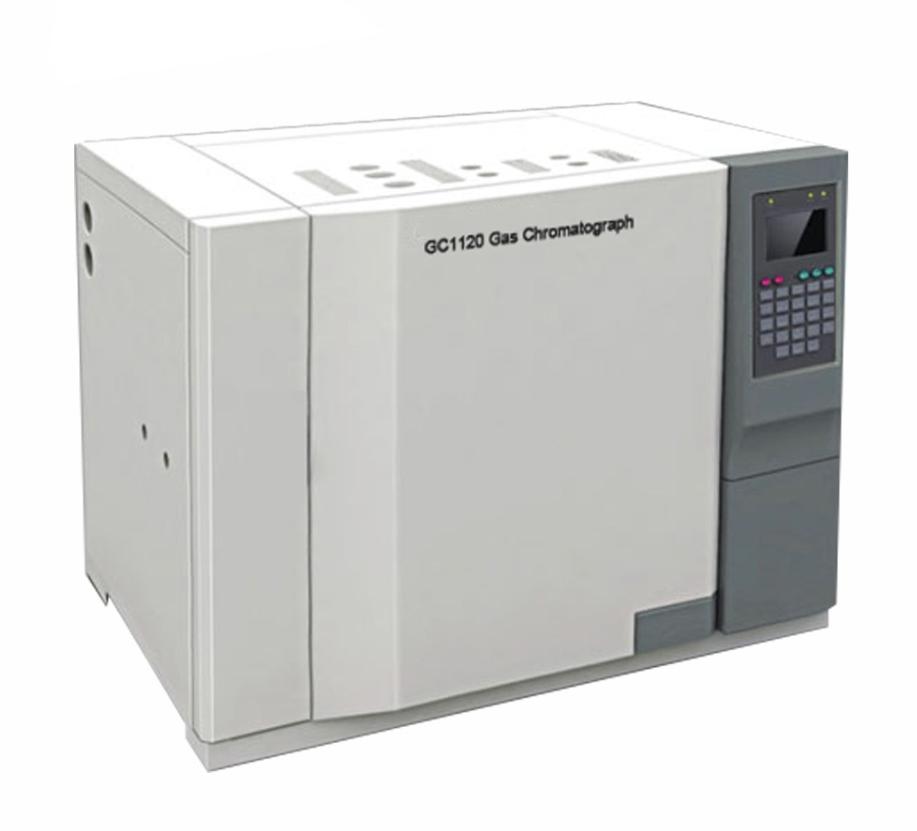
Troubleshooting in gas chromatography involves a systematic approach to identifying, diagnosing, and resolving problems that may affect the quality of analytical results. Here are some common issues in gas chromatography and their possible solutions:
1. Baseline instability or Drift in Gas Chromatograph
Possible causes: Column bleed, contamination, or detector instability.
Solutions: Bake-out the column at a higher temperature, replace the column if necessary, ensure proper sample preparation and injection, clean or replace the detector, and use a stable carrier gas.
2. Peak Tailing or Fronting in Gas Chromatograph
Possible causes: Column overloading, active sites on the column, improper sample vaporization, or contaminated sample.
Solutions: Use a lower sample concentration or split the injection, condition the column at a higher temperature, check the column for degradation or contamination, use a different injection technique (e.g., splitless), and ensure proper sample preparation.
3. Ghost Peaks or Carryover in Gas Chromatograph
Possible causes: Contaminated syringe or injection port, column bleed, or improper column conditioning.
Solutions: Clean or replace the syringe and injection port, perform a column bake-out or conditioning, use proper rinsing and purging techniques between injections, and ensure proper column equilibration.
4. Poor Resolution or Peak Overlap in Gas Chromatograph
Possible causes: Inadequate column selectivity or efficiency, incorrect choice of mobile phase or temperature program, or improper sample preparation.
Solutions: Optimize the column selection for the analytes of interest, adjust the mobile phase composition or flow rate, optimize the temperature program, or use a different separation technique (e.g., different column, multidimensional GC).
5. Irreproducible Results in Gas Chromatograph
Possible causes: Inconsistent sample preparation, column contamination, incorrect injection technique, or unstable instrument parameters.
Solutions: Follow standardized sample preparation procedures, properly maintain and clean the column, use consistent injection techniques, regularly calibrate and validate instrument parameters, and ensure stable operating conditions.
6. Baseline Noise or Spikes in Gas Chromatograph
Possible causes: Electrical interference, leaking septum, or detector issues.
Solutions: Check for electrical grounding or shielding issues, replace the septum, check for detector problems or contamination, and use proper maintenance and troubleshooting protocols for the instrument.
7. Column Degradation or Breakage in Gas Chromatograph
Possible causes: High sample load, exposure to corrosive compounds, or improper column handling or storage.
Solutions: Use appropriate sample load or split injection, avoid exposing the column to corrosive materials, handle and store the column properly (e.g., in a temperature-controlled environment), and regularly inspect and replace the column as needed.
These are just some common issues and tips in gas chromatography troubleshooting. It’s important to troubleshoot systematically and consider other factors that may contribute to the problem. Consulting instrument manuals, and technical resources, or contacting technical support can provide further guidance in resolving specific issues.

